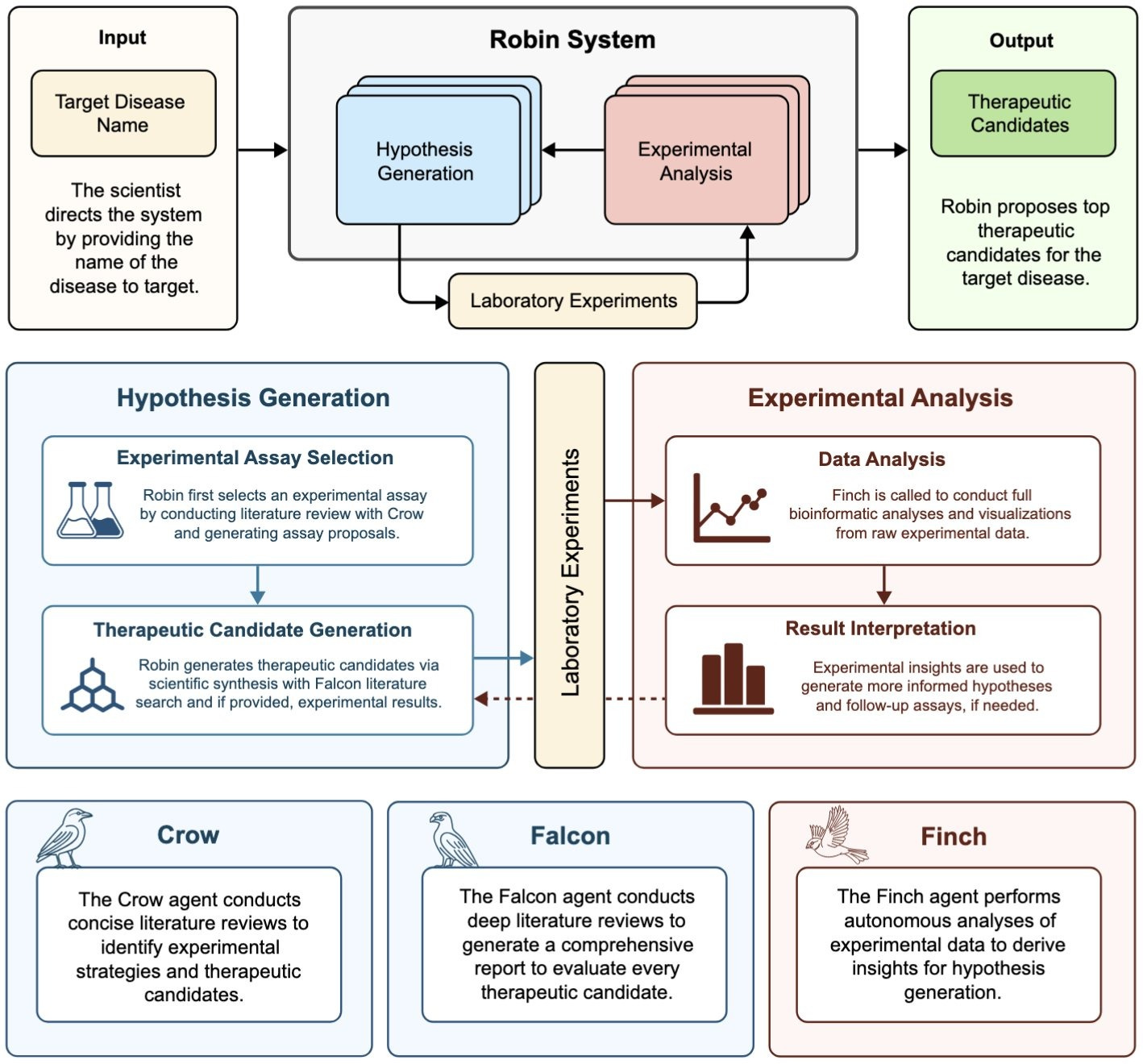>FASTA_14
Future House’s AI discovered a cure to blindness, CZI’s TranscriptFormer, Lumina’s cavities vaccine, American Alliance for Biomanufacturing, A biotech romantic drama
>FASTA sequences the biotech ecosystem | Papers and patents, plants and algorithms, funding rounds and bankruptcies, plus some biotech philosophy as dessert | Read in less than 5 min | Follow along on LinkedIn and X | Note: trying out a shorter format with more news this time.
Regeneron acquired 23&Me for $250M, and with it, a number of target-indication pairs 60% greater than all public GWAS datasets combined. The company will continue operations as a personal genomics service.
Future House’s multi-agent AI system discovered a previously approved drug could as a promising AMD treatment. It proposed hypotheses, designed experiments, analyzed the data, iterated on it, and wrote a final manuscript with figures — I didn’t know that they’re a non-profit funded by former Google CEO Eric Schmidt.

A CRISPR-based method to physically move RNAs between different membranes and organelles (h/t Niko McCarty).
Keep reading with a 7-day free trial
Subscribe to Biopunk to keep reading this post and get 7 days of free access to the full post archives.




